Ancient Egypt is known to be the place of one of the early civilisations. New evidence from skulls more than 4,000 years old has revealed that physicians from the region may have also tried to treat certain cancers with surgery read more
)
The visible tumours that cancer caused were the main focus of the ancient Egyptians' understanding of the disease. Image Courtesy: @UniversidadeUSC/X
Ancient Egypt is known to be the place of one of the early civilisations.
They identified, described, and treated diseases and traumatic injuries, built prostheses, and put in dental fillings.
Now, new evidence from a skull more than 4,000 years old has revealed that ancient Egyptian physicians may have also tried to treat certain cancers with surgery.
The finding, published on Wednesday in the journal Frontiers in Medicine, is a combined effort of researchers from the Universities of Tubingen in Germany, Cambridge in England, Barcelona and Santiago de Compostela in Spain.
Here’s all we know about it.
The ancient Egyptian skull
The first skull belonged to a man who died between the ages of 30 and 35, as per IANS.
It is kept in the University of Cambridge’s Duckworth Laboratory collection in the United Kingdom.
Scientists have examined the scarred surface of the skull since the middle of the 19th century. Among the lesions are those that are assumed to be the result of malignant tumours damaging the bone.
The skull, numbered 236 in the collection, is regarded by archaeologists as one of the earliest instances of cancer in antiquity, dating back to between 2686 BC and 2345 BC.
A second skull from the Duckworth collection also had cancerous tumours, according to the researchers.
Un estudo liderado pola USC (@Edgard_Camaros) revela posibles intentos de tratar o cancro nun cranio exipcio de 4.000 anos. https://t.co/k4qfk9bha4 pic.twitter.com/wk2Qvh9zvR
— USC (@UniversidadeUSC) May 29, 2024Skull E270, dated to 664–343 BC, belonged to an adult woman who must have been at least 50 years old.
Three lesions on the samples, where malignant tumours had harmed the bone, were found by the researchers.
“We wanted to learn about the role of cancer in the past, how prevalent this disease was in antiquity, and how ancient societies interacted with this pathology,” Tatiana Tondini, a researcher at the University of Tubingen and first author on the paper, said in a statement, as per NDTV.
Signs of cut marks
However, using a digital microscope and micro-computed tomography (CT) scans, researchers examined the cancer scars more closely and found evidence of cut marks surrounding the lesions.
This implied that sharp metal instruments had been used to remove these cancerous growths.
“When we first observed the cutmarks under the microscope, we could not believe what was in front of us,” said Tondini, as per NDTV.
“It seems ancient Egyptians performed some kind of surgical intervention related to the presence of cancerous cells, proving that ancient Egyptian medicine was also conducting experimental treatments or medical explorations in relation to cancer,” said co-author Albert Isidro, a surgical oncologist at the Sacred Heart University Hospital in Spain.
“What we found is the first evidence of a surgical intervention directly related to cancer,” study co-author Edgard Camarós Perez, a paleopathologist at the University of Santiago de Compostela in Spain, told Live Science. “This is where modern medicine starts.”
Researchers added that it is challenging to make firm conclusions when examining skeletal remains.
Camarós told CNN that it is unclear if the healers attempted to remove the tumours while the patient was still alive or if they were taken out for examination after the patient passed away.
“If those cut marks were done with that person alive, we’re talking about some kind of treatment directly related to the cancer,” he told CNN. But if the cut marks were made posthumously, “it means that this is a medical autopsy exploration in relation to that cancer.”
Either way, “it’s amazing to think that they performed a surgical intervention. But we cannot actually distinguish between a treatment and an autopsy,” Camarós added.
In contrast to skull 236; skull E270 did not exhibit any indications of disease-related surgery. However, long-healed fractures in the woman’s skull attest to the effectiveness of earlier head injury treatment.
“That person survived many years after that trauma,” Camarós said.
Experts opinion
Dr Ibrahem Badr, an associate professor in the restoration and conservation of antiquities department at Misr University for Science and Technology in Giza, Egypt, says the new findings provide significant, direct evidence of the sophisticated ancient Egyptian medicine, which is well documented in medical texts like the Ebers Papyrus and the Kahun Papyrus.
“We can see that ancient Egyptian medicine was not solely based on herbal remedies like medicine in other ancient civilisations. It directly relied on surgical practices,” said Badr told CNN.
Badr was not involved in the new research.
However, Badr noted that although 19th and 20th century researchers thoroughly examined this age-old evidence, newer technologies are unearthing previously unknown details about ancient Egypt’s medical practices.
“The research provides a new and solid direction for reevaluating the history of medicine and pathology among ancient Egyptians,” he told the channel.
“There is an urgent need to reevaluate the history of Egyptian medicine using these scientific methodologies,” Badr said. “By utilizing these modern techniques, we will be able to study and gain a more comprehensive and precise understanding of medicine in ancient Egypt.”
Earliest record of cancer
The visible tumours that cancer caused were the main focus of the ancient Egyptians’ understanding of the disease.
The first documented account of cancer can be found in the Edwin Smith Surgical Papyrus, an ancient Egyptian medical manuscript dating back to 3000 and 2500 BC.
48 case studies in this literature cover a variety of diseases, one of which is a breast cancer description.
Cancer may have been known to Egyptian physicians, but curing it was challenge in itself.
The Edwin Smith papyrus had references to medications and therapeutic techniques in many medical cases.
However, according to CNN quoting Camarós, none existed for the malignancies in the breast cancer patient.
“It specifically says there’s no treatment,” he said. “They realized this was a frontier when it came to their medical knowledge.”
The marks surrounding the skull tumours, however, point to ancient Egyptian medics attempting to alter that by removing the tumours surgically to either treat the patient or analyse the tumours further.
With inputs from agencies

 3 months ago
11
3 months ago
11

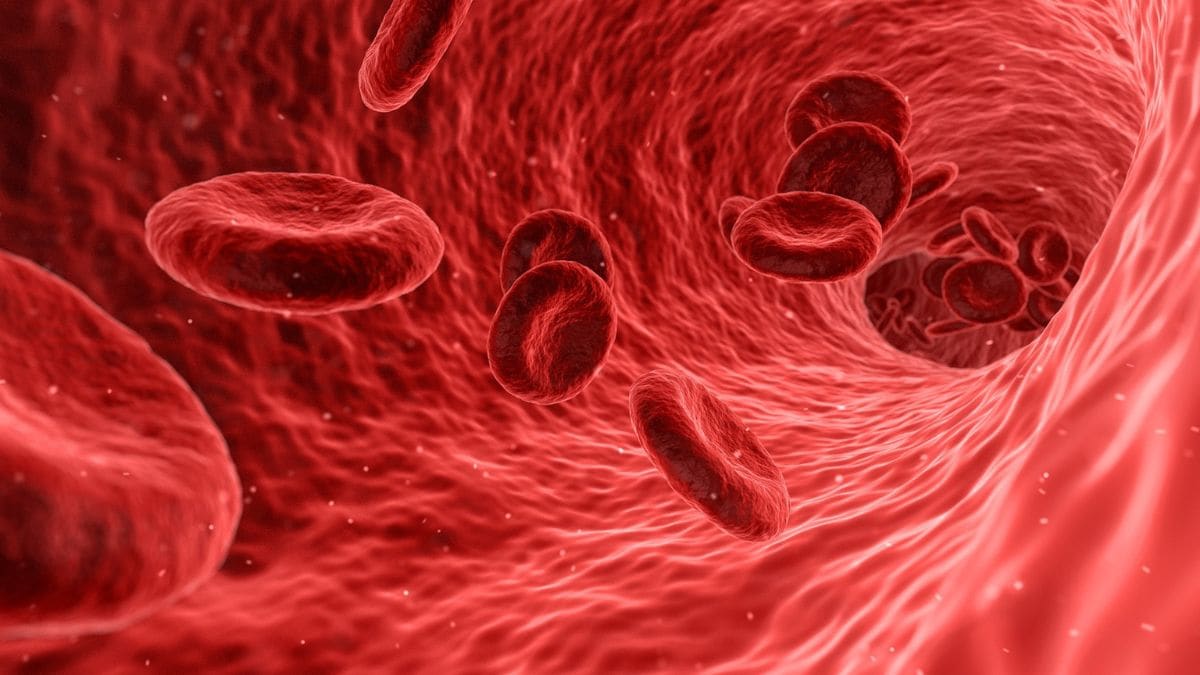
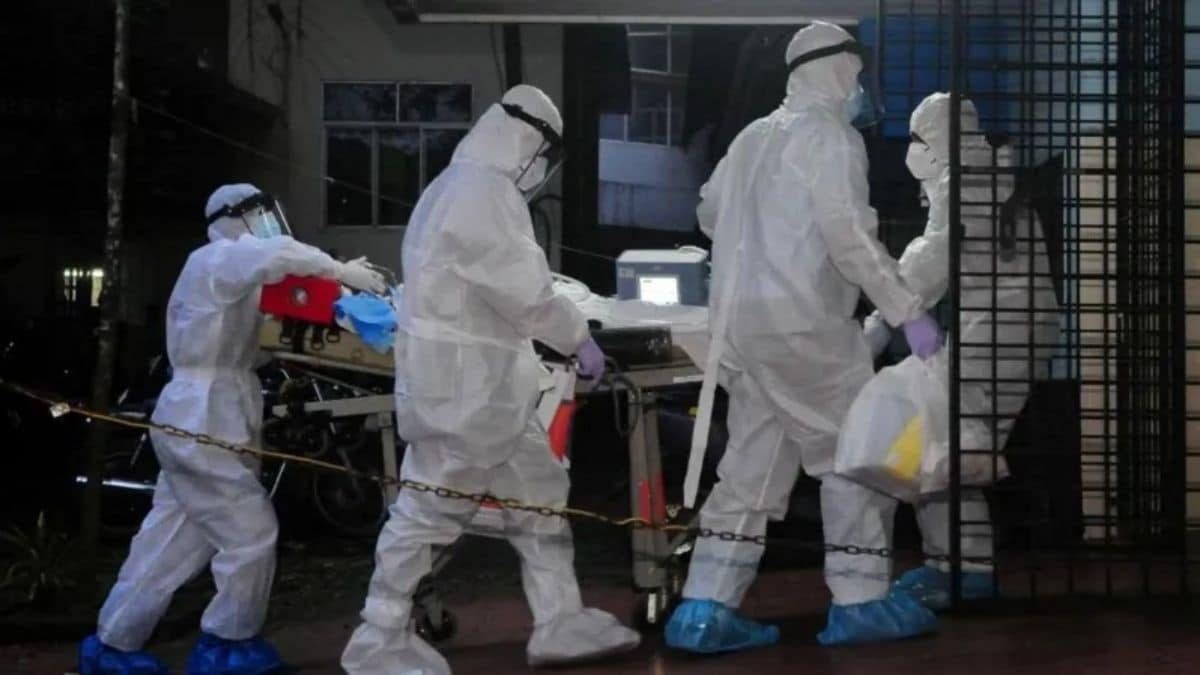
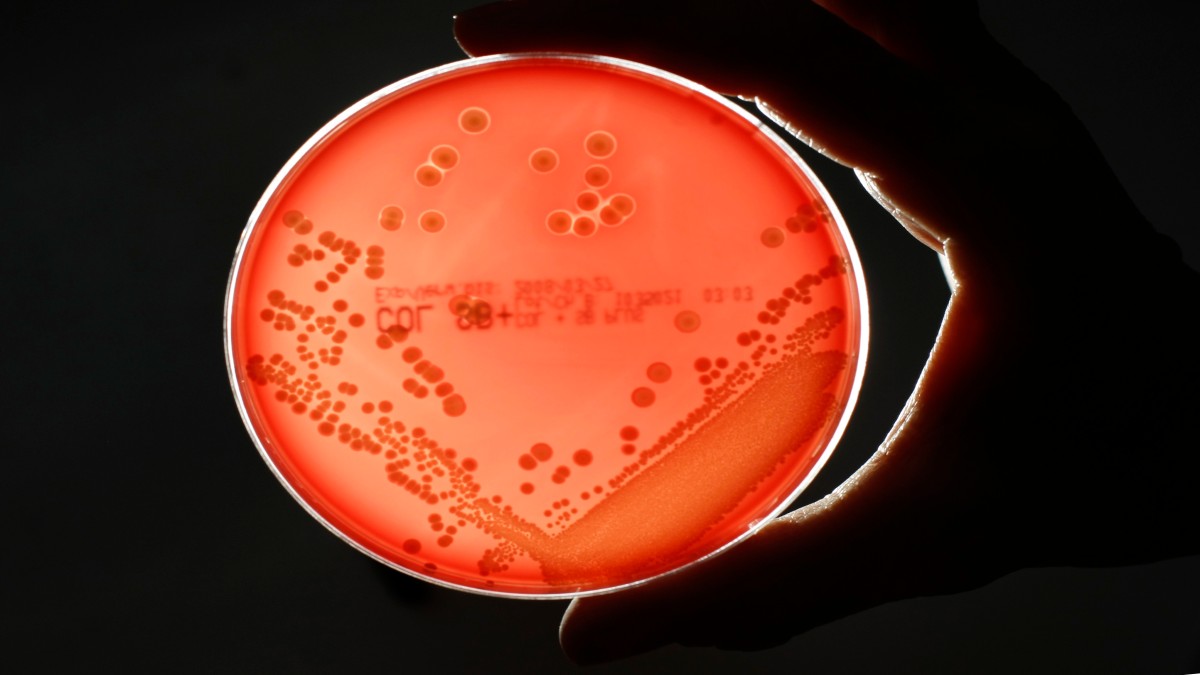





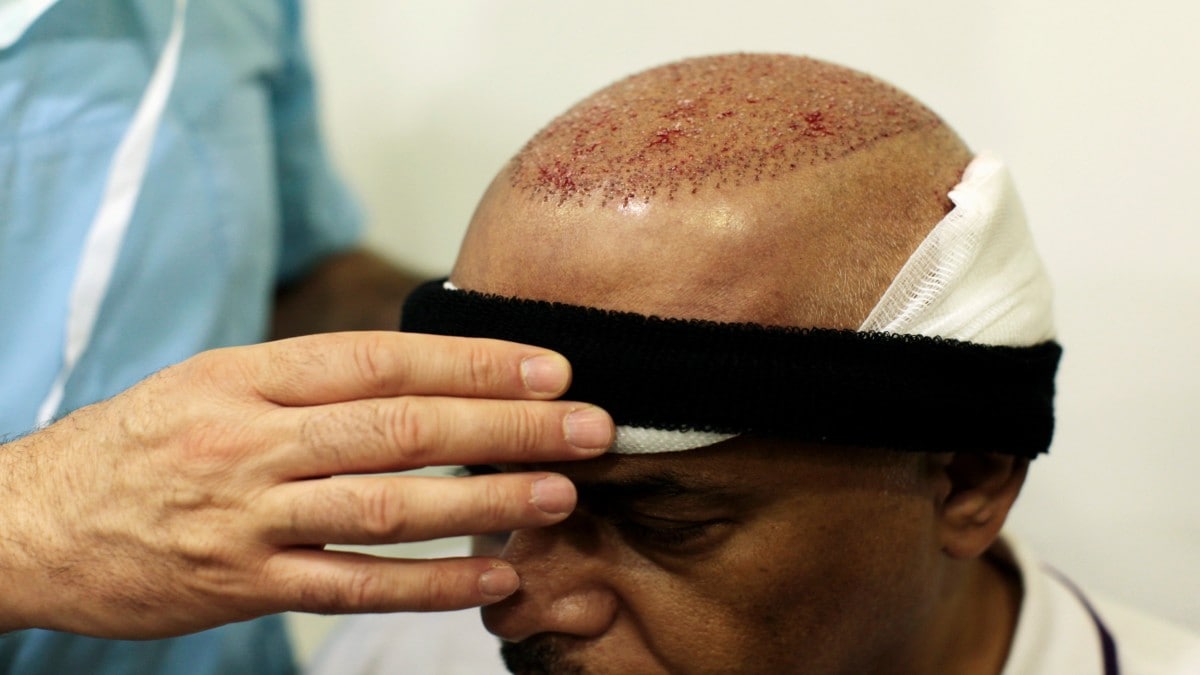





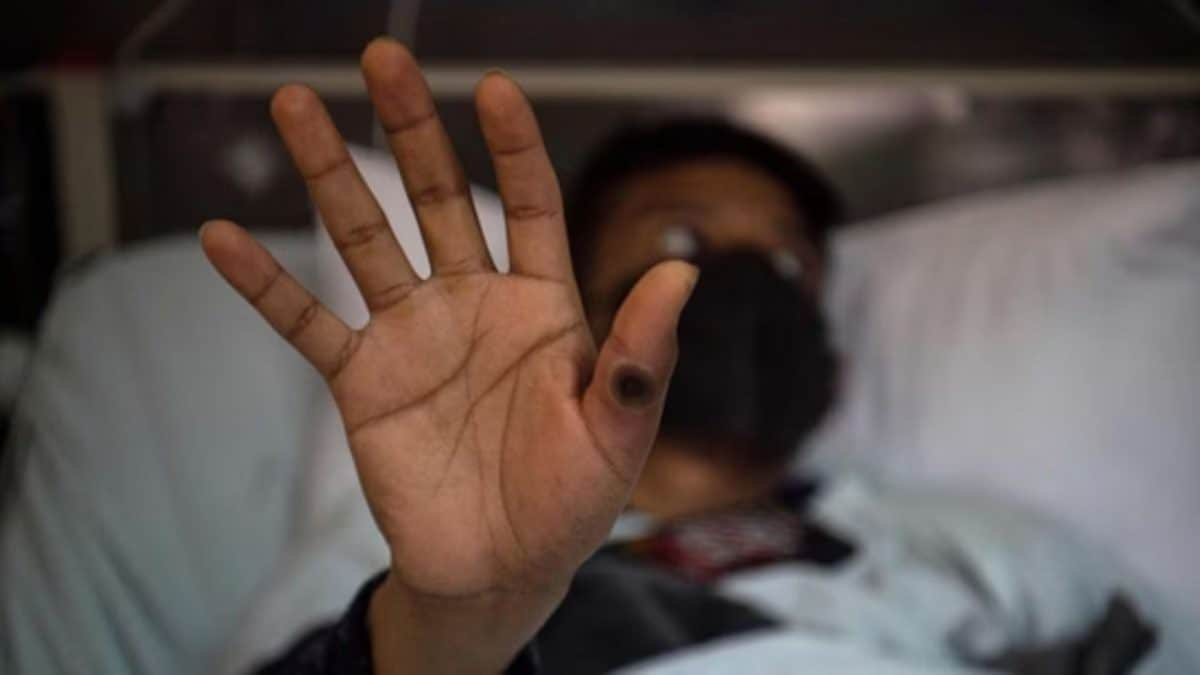


)
)
)
)
)
)
)
 English (US) ·
English (US) ·